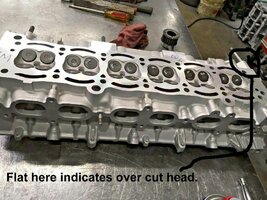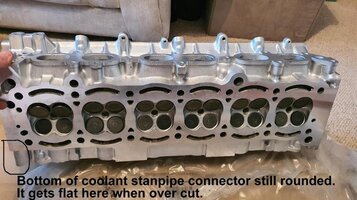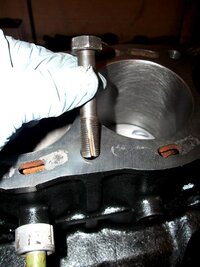While my engine block and internals are sitting in my storage waiting to go machine shop, while I wait I'm shopping around for parts. Should I go with composite head gasket or MLS? I plan on just doing a stock rebuild on this 7M-GE supra no power adders (stock horsepower) and factory red coolant. Arp headstuds 20-40-60-80 torque sequence.
Some sources say the composite head gaskets were the problem along with the under torqing. Some say composite do a good job for factory applications. Other sources say MLS do a better job in general. Leaves me indecisive, If I do go MLS I plan to get it from cometic. If I go composite I already have one oem from a toyota gasket set.
Some sources say the composite head gaskets were the problem along with the under torqing. Some say composite do a good job for factory applications. Other sources say MLS do a better job in general. Leaves me indecisive, If I do go MLS I plan to get it from cometic. If I go composite I already have one oem from a toyota gasket set.
Last edited:



